Sleep Safe, Baby: the Ultimate Safety guide For Your Sleeping Baby
When I was pregnant with my daughter I gave a lot of thought to what parenting an infant might be like. Not surprisingly, sleep (or the potential lack thereof) took up a lot of real estate in my brain. My concerns were around how to get my baby to fall and stay asleep, how to get my own much-needed rest as a first-time mom to an infant, and most importantly - how to create a safe and comfortable sleep environment for my baby.
As parents, we all want to keep our babies and children as safe as possible – day and night. Knowing your baby is asleep in a safe and secure place not only ensures they get the sleep they need to grow and develop, but it also gives you peace of mind so you can catch your much-needed zzz’s, too.
Creating a safe sleep space
Good sleep habits are important for your baby’s overall physical and emotional well-being. The position he sleeps in, where he sleeps and the home environment are all factors that contribute to getting healthy and safe sleep. Creating a safe sleep environment is one way to help your baby get the proper amount of sleep he needs.

Approximately 3500 infants die each year in the United States from sleep-related causes, including sudden infant death syndrome (SIDS). To help reduce the number of sleep-related infant deaths, the American Academy of Pediatrics released an updated policy in 2016 with a number of sleep safety recommendations for parents to follow.
Back to Sleep
Babies should sleep on their backs for naps and night-time sleep. While you may have a loving relative who insists that babies sleep best on their stomachs, it’s important to know that they sleepsafest on their backs.

Newborn babies tend to get in the habit of sleeping the way they are first placed, so start early and place your baby on her back from the beginning. If your baby is 6 months of age or younger, it isn’t safe for her to sleep on her stomach or side, because she’s not strong enough to move her head away from anything that may block her airways.
Avoid sleep positioners meant to keep babies on their backs while they sleep. While they may seem helpful, these tools aren’t necessary, and they can increase the risk of suffocation. Once your baby is able to roll over onto his tummy by himself, you don’t have to worry so much about repositioning him onto his back while he sleeps.
Room Sharing with Parents
Though it may be tempting to keep your sweet baby cuddled up next to you in your bed to you while you sleep, numerous experts and medical groups in the USA recommend parents share a room - but not a bed - with their baby for the first year of life. The American Academy of Pediatrics recommendsthat you keep your baby’s sleep area close to, but separate from, where you sleep, because room sharing can reduce the risk of SIDS by as much as 50%.
Avoid Soft Surfaces
We all want our babies to feel cozy and comfortable, so many parents may want to place them on a soft surface while they sleep. But when babies sleep in places that aren’t meant for them such as a couch, pillow, or armchair, they can become trapped and suffocate. This risk increases if your baby is sharing the same sleep surface with an adult or another child. New parents are often exhausted, and it is all too easy to doze in your comfy armchair with your cuddle baby. But it’s stimply not safe and should be avoided.
Your baby should sleep in a crib, bassinet or co-sleeper cradle that meets the safety standards of the Consumer Product Safety Commission. Use a tight-fitting, firm mattress in the crib or bassinet, a fitted sheet, and nothing more.
Clear the Crib
Apart from a mattress - and your sleeping baby! - nothing belongs in a crib. Be sure your baby’s sleeping area is clear of all soft things such as:
- Blankets and quilts
- Pillows
- Bumper pads
- Sleep positioners
- Stuffed animals and other soft toys
If you’re concerned about your baby getting cold at night, try using a sleep sack or wearable blanket that will keep baby warm while she sleeps safely without the risk of entrapment or suffocation caused by loose bedding or other soft items in her sleep space.

Asleep in her car seat? Move her to the crib!
You’ve heard it before: never wake a sleeping baby. But if your baby is asleep in her car seat, it’s best to transfer her into her crib or bassinet as soon as you can. While it’s nearly impossible to prevent your baby from falling asleep in her swing or car seat at times, it’s important to remember that these items are not meant for unsupervised sleep. Your baby’s head can fall forward when sitting in a sleeping position, which can make it harder for her to breathe. If your baby falls asleep in her car seat or swing, move her to a safe sleeping surface as soon as possible.
A Healthy Sleep Environment
A healthy sleep environment is crucial to your baby’s health and well-being and for your own peace of mind. Chances are, the only time your baby will not be supervised by you or a trusted caregiver is when he or she is sleeping. That’s why creating a safe sleep environment is so important. Not only will it help your baby get his much-needed sleep so he can grow and develop properly, but it will reduce his risk of injury or SIDS. Here are some things you can do to ensure a safe sleep environment for your baby.
Keep a smoke-free home
Research published in the Journal of Pediatrics shows that babies who are born to a mother who smoked during pregnancy are three times more likely to die of SIDS than those who are born to mothers who did not smoke. But exposure in utero isn’t the only risk. Babies who are exposed to secondhand smoke in the home have a doubled risk of SIDS. Keep your home completely smoke free - cigarettes, cannabis and vaping are all harmful to a baby’s developing lungs.
Encourage baby to use a pacifier
Though the jury’s still out on exactly why, studies have shown that pacifiers can help reduce the risk of SIDS. Some babies don’t like pacifiers and that’s okay. You can try again when your baby is a little older if you’d like. But if your baby will take one, try to encourage her to use it when falling asleep. If it falls out while she’s sleeping, no worries - the pacifier still provides a protective effect even if it falls out once baby is asleep.
Keep a Comfortable Temperature
It can take 2-3 months before your baby’s body can naturally regulate temperature. Because of this, you may be inclined to bundle baby up so he doesn’t get too cold while he sleeps. But the National Institute of Health warns that overheating is a risk of SIDS, so you’ll want to make sure your baby doesn’t run the risk of getting too hot under too many layers.

Generally speaking, your baby should be dressed appropriately for the environment with no more than 1 layer more than what you would wear to be comfortable. Remember that blankets and quilts are a no-no in your baby’s crib or bassinet, so use a sleep sack or dress your baby in an appropriate outfit so he can get the sleep he needs without getting overheated.
Avoid bedsharing
Bedsharing is when an adult or child sleeps on the same surface as a baby. Some believe that bedsharing reduces the risk of SIDS, but there is no evidence to support this claim. In fact, research shows that a baby’s risk of SIDS increases when sharing a bed with someone who is:
- A smoker
- Under the influence of drugs or alcohol
- Extremely tired
- A child
Though watching your children sleep together is heart-melting, research shows that the presence of other children in the bed with a baby increases the risk of SIDS more than five-fold. Wait until baby is older before you give your little ones a chance to have a sleepover in the same bed.
As parents, we all want our children to be as safe and healthy as possible. Sleep is so important to your baby’s health and well-being, and good sleep habits start from birth. Creating a safe sleep environment is a way to ensure your baby sleeps safely so they can grow into the incredible person they are meant to be.
Do you have any safe baby sleep tips to share? Let us know in the comments!




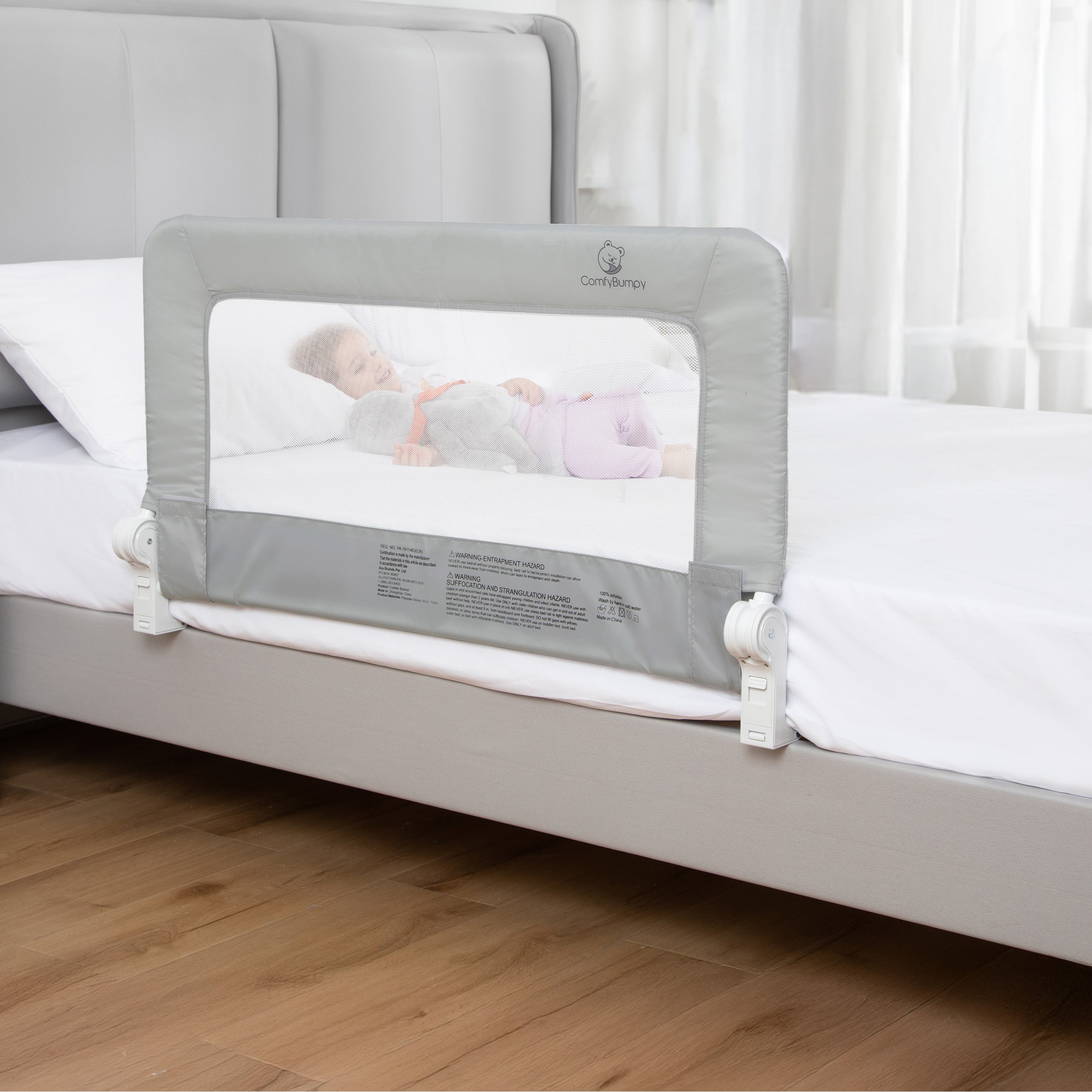
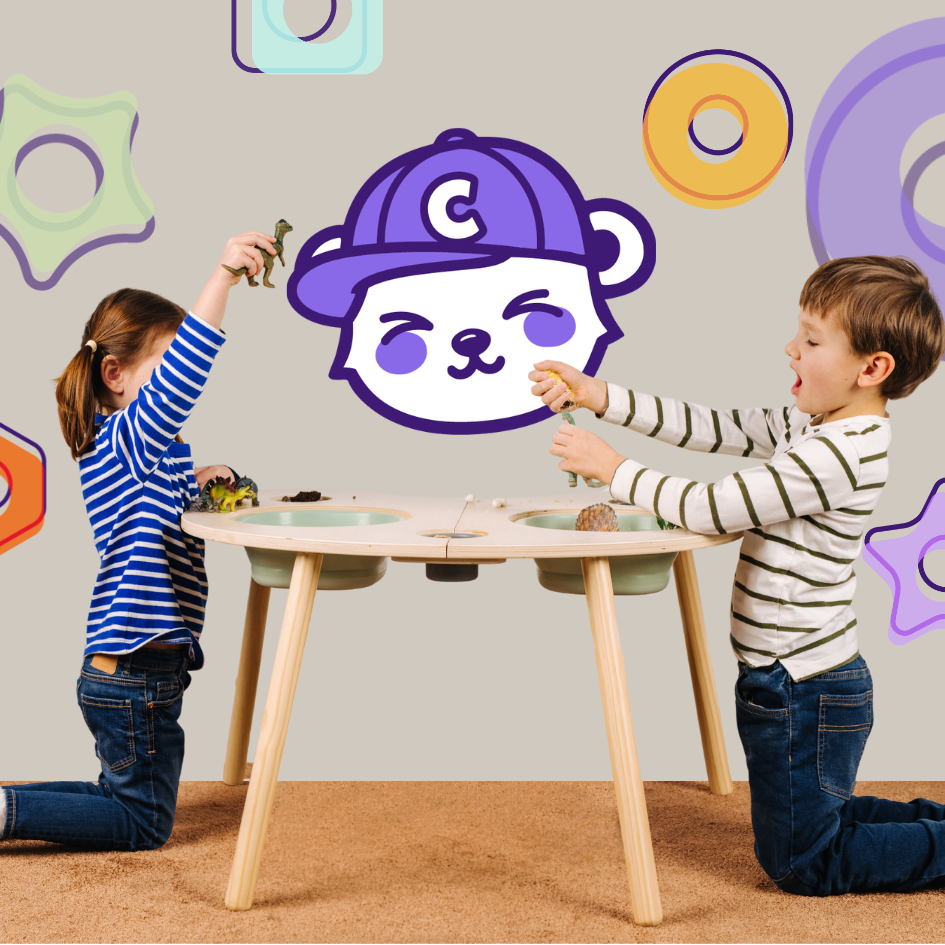
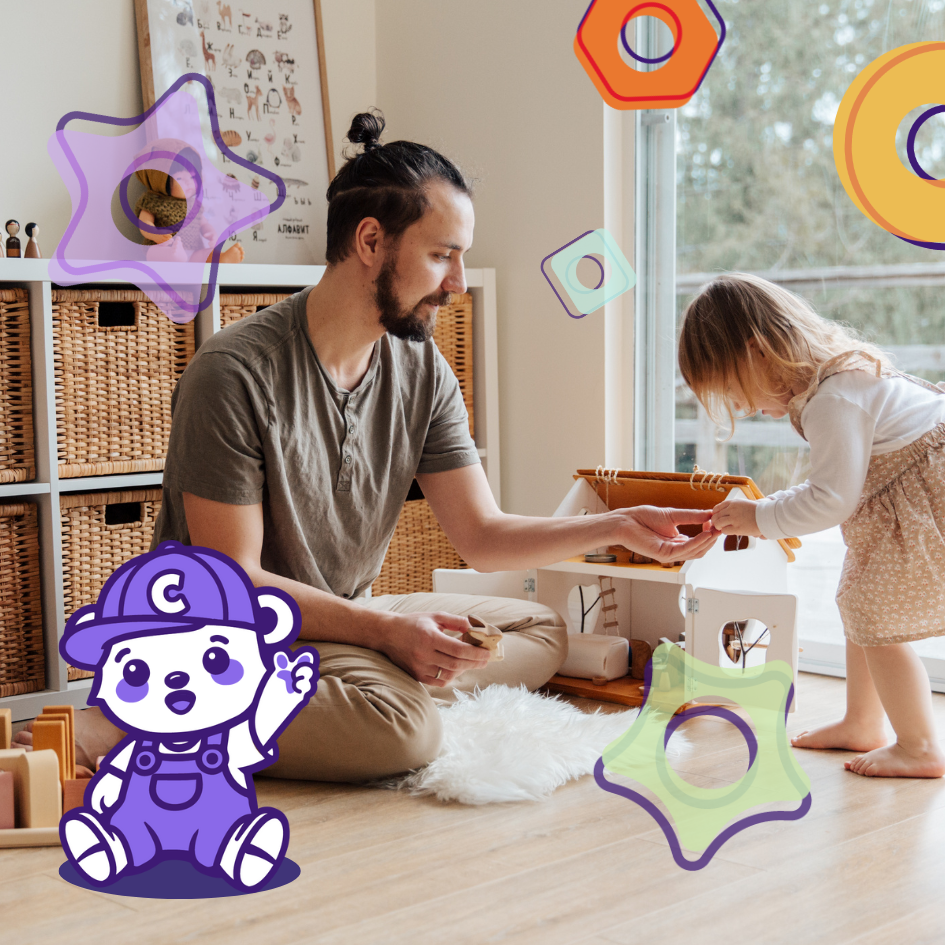
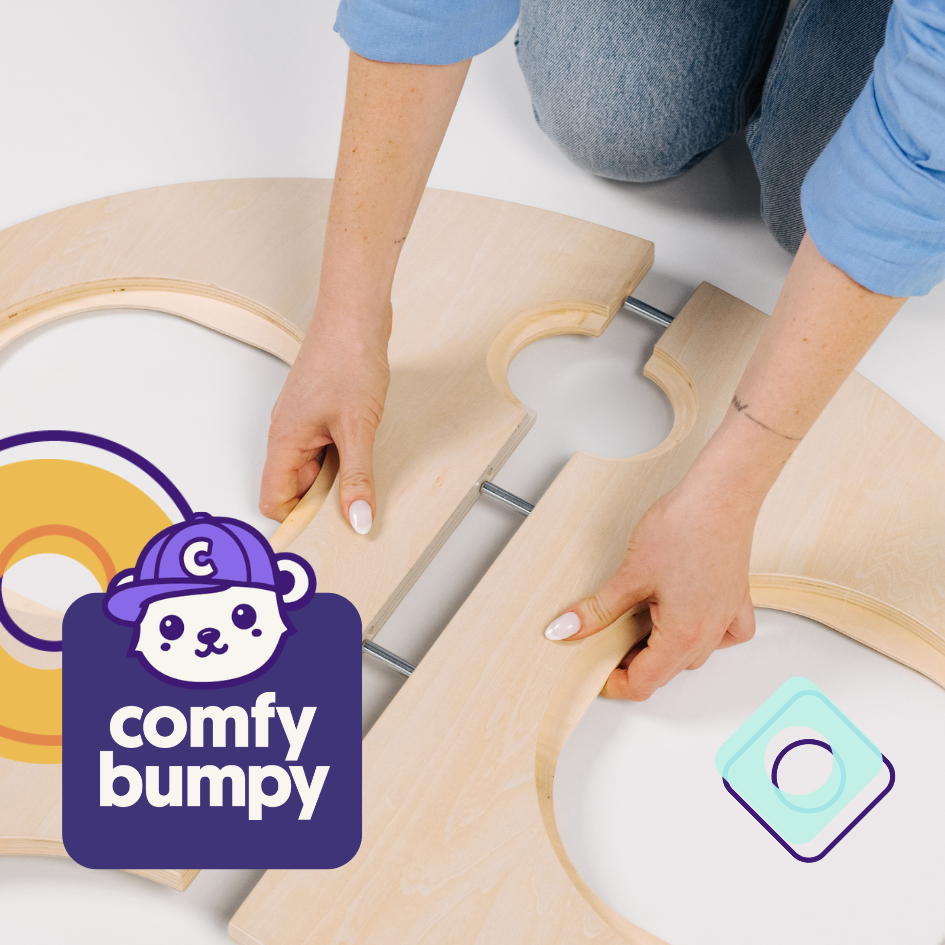
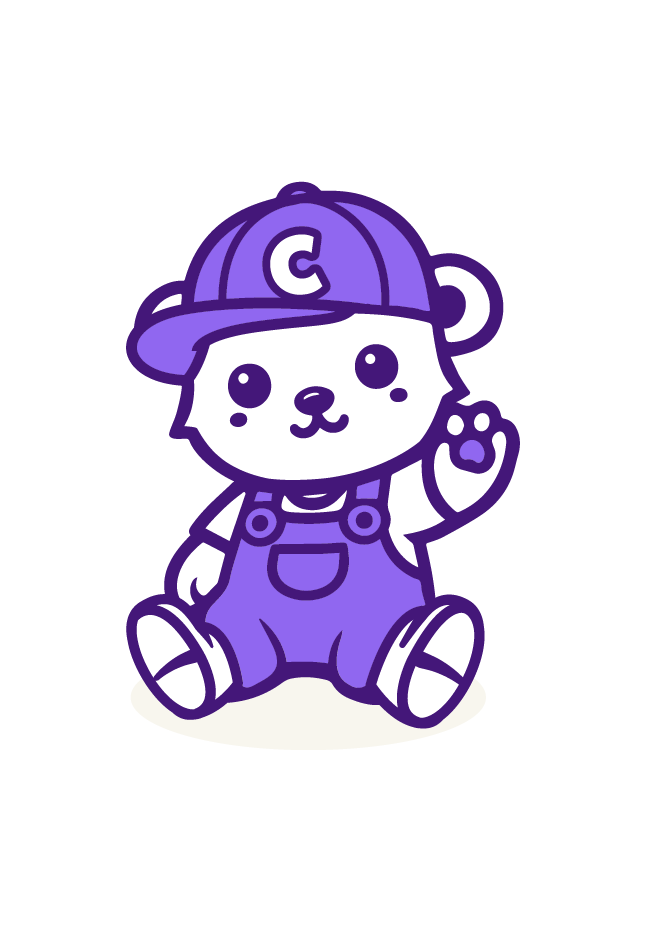
Leave a comment